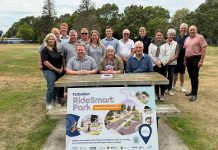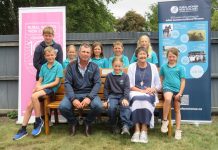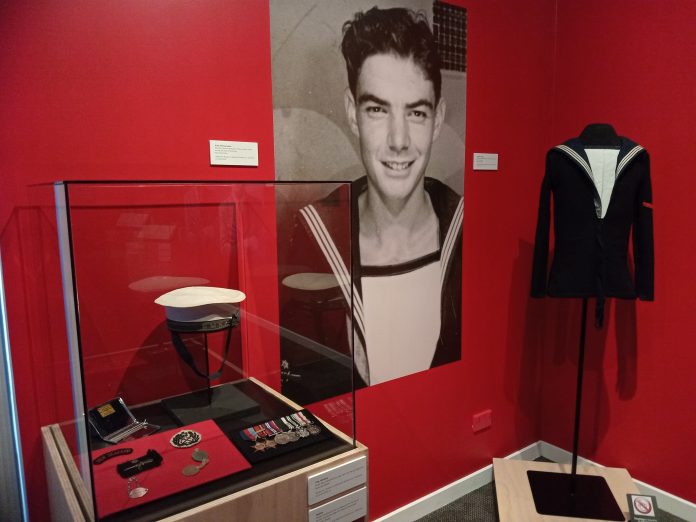
VE Day was a day of celebration for all those serving their family and friends. For some it was a double celebration as loved ones were home from war or were coming home; families like those of Ashburton Nurse Thyrza Margaret Whillans (nee Whiteside) and Ashburton Sailor Mervyn James Beauvais.
But for others families like those of Mid Canterbury Soldier Clifford Campbell and airmen Ray Benjamin Ede it was a day of mixed emotions as their loves ones had died on foreign soils.
In this, the first of a two part series, reporter Dellwyn Moylan talks to their families.
More than 2000 Mid Canterbury men saw active service overseas, as well as many army nurses. The home front was just as busy; in the first half of the war more than 1700 enlisted in the Home Guard, and others in the Women’s Land Service.
Rose Webber, standing by a larger-than-life portrait of her late dad Mervyn Beauvais at the Land, Sea and Air exhibition on display at the Ashburton Museum, was reminded of just how well-known her late father was. He was an Ashburton surveyor.
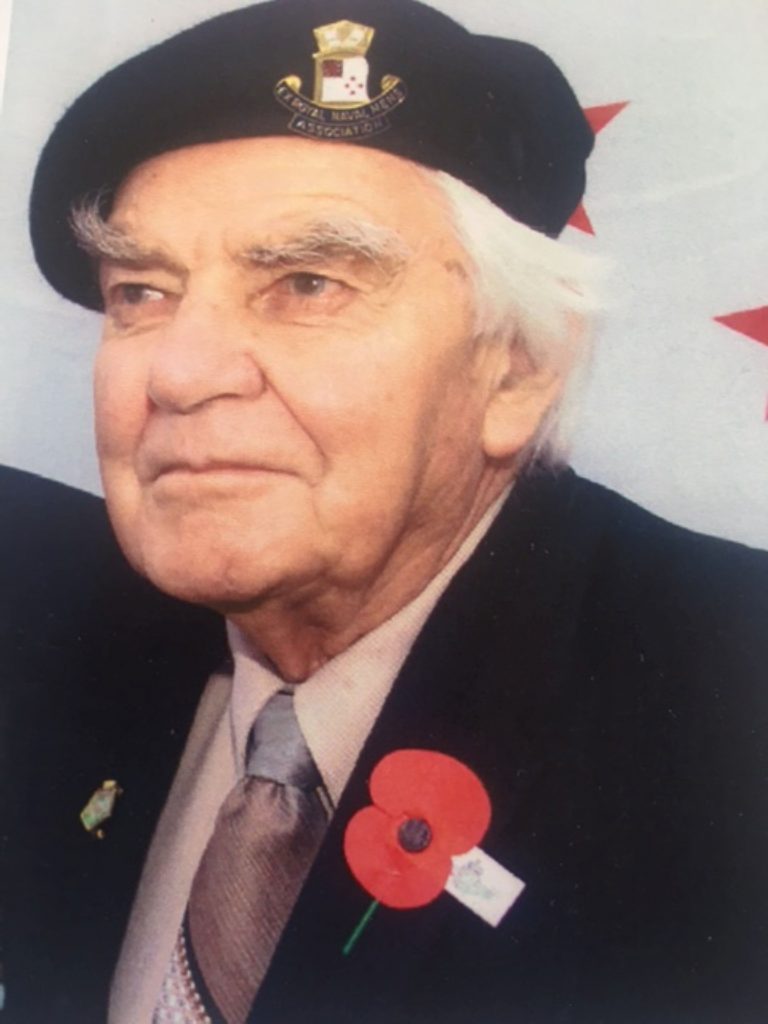
Mervyn was born on February 27, 1924 and lived in Ashburton.
He was called to serve in the army on April 28, 1942, and shortly after asked to transfer to the navy. He trained at Motuihe Island and HMNZS Philomel Auckland.
His letters, of which he wrote many, indicate he was with HMNZS Gambia before officially being assigned to the ship on June 26, 1944.
His ship saw action participating in several key battles and land bombardments against Japan.
When the atomic bomb hit Hiroshima, his ship was in Japanese waters.
He remained with the ship until discharging from the navy in January 1946. Despite writing many letters it appears only one recalled any military action; in April 1944 when they bombarded the Japanese in Indonesia.
He was very lucky to come back from war unscathed and often said how thankful he was to live a full and happy life.
From his time on the Gambia and at the Assagai Shore Base in Durban, South Africa he made lifelong friends.
He rarely missed their annual reunion.
Before he enlisted, he was completing an apprenticeship as a bike mechanic working for Herb Money at Moneys Cycle shop in the Triangle.
After the war he finished it and used the grant returned servicemen were given, to retrain as a surveyor.
He did his survey internship in Auckland. Once completed he moved down to Timaru and in the 1950’s he moved back to Ashburton and set up in business.
He married Gwenyth Knox (nee Moore) in 1965.
‘‘Dad was very friendly and sociable, a supremely honest, kind, intelligent man who had a lot of interests. His interests included mountaineering, photography, Jaycees, Clay bird shooting and the ex Royal Navalman’s Association.
“He took a keen interest in current events and was very well read. He loved his surveying career and would talk about it endlessly,’’ Rose said.
Ian Whillans has fond memories too of his late mother Thyrza Margaret Whillans (nee Whiteside).
She was a nurse with the New Zealand Army Nursing Service, who served in North Africa and Italy during World War 2.
Ian, an only child, said his mother was a ‘‘very caring type’’ and put her nursing experience to good use.
‘‘She was very independent and had a strong will. Red Cross was very close to her heart as she saw what they did for the servicemen and women during her war years. She strongly supported the Red Cross for the rest of her life.’’
Thyrza was born in September 1909 in Rangiora. She was brought up on a farm in the Waipahi district of South Otago, with two brothers.
She did her nurse training in Balclutha and after graduating nursed around New Zealand.
In 1940 while in Wellington she volunteered for army nursing.
She served in Alexandria nursing those fighting the Germans and Italians for control over Libya and Egypt.
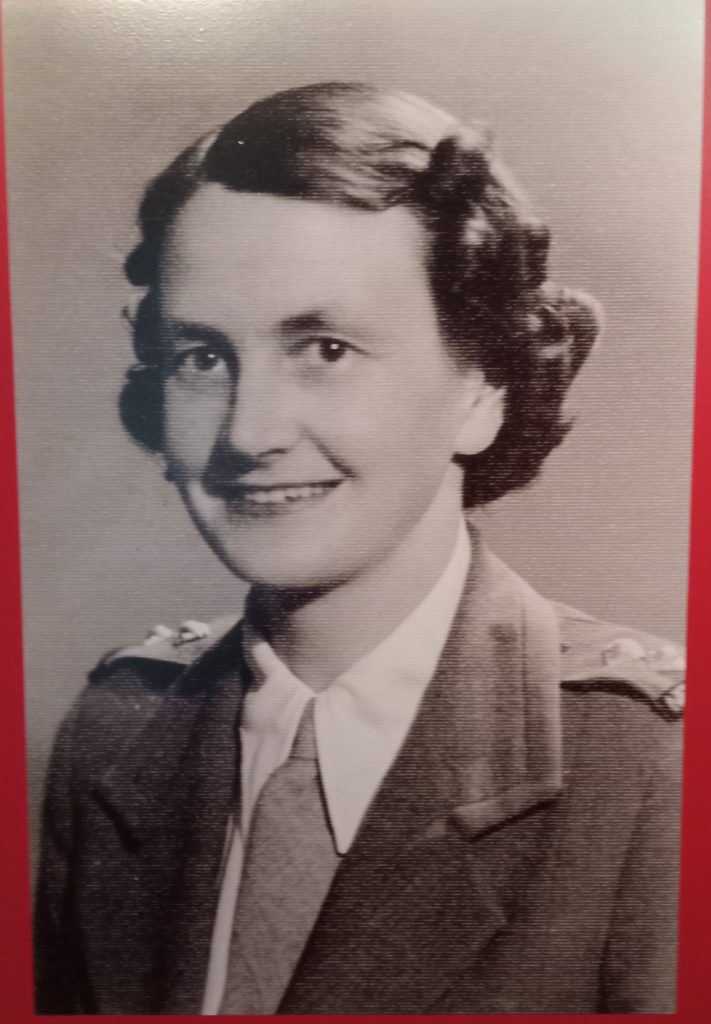
She then moved on to Beirut and Italy. While in Bari, Italy 100 German bombers bombed allied forces on December 2, 1943 in a port.
The 60-minute raid killed numerous civilians and military people.
She was stationed in a nearby hospital and said: ‘‘It was an awful night with these bombers coming over and about 17 ships were sunk. The noise was amazing.
“Ambulances and trucks started bringing in people from the harbour and they were wet and cold. We worked about 14 hours at stretch before we could ease up.’’
Thyrza returned to New Zealand with no physical injuries but, like so many, seldom talked about her war experiences although it did leave an impact.
‘‘She hated thunder, and I wonder now, after I heard of her experiences of the Bari bombing, if that was part of the cause of her hate of thunder,’’ Ian said.
‘‘She often said “war is so senseless and the damage caused is often more than the good achieved.”
She returned to the family farm after her deployment along with two servicemen to help her father. One was Dave Whillans, who she had met in Cairo. They married and farmed at Ruapuna.
In later life, she was a night shift nurse at a retirement home in Ashburton.
She left Ruapuna for Ashburton, and later moved into Cameron Courts. She died in 2004 at the age of 95.
– Land, Sea and Air also tells the stories of Ashburton’s Arthur Noal Wilson, a motorcycle dispatch rider in the North African campaign and Alan Charles Bray, an Royal New Zealand Air Force pilot seconded to the Royal Air Force in England. It runs until May 25.

